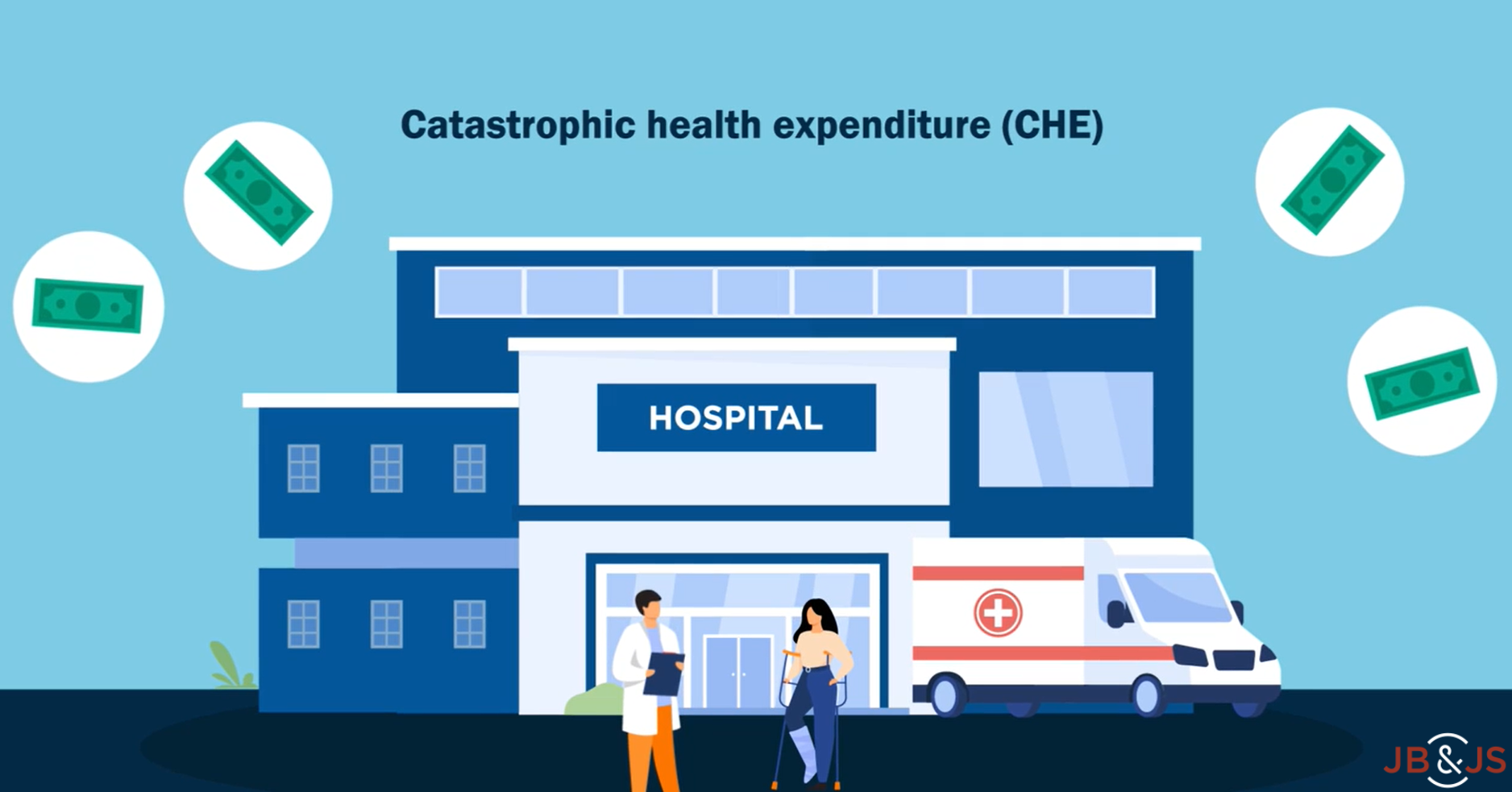In this post, Dr. Marc Swiontkowski, JBJS Editor-in-Chief, reflects on the findings of a new study on the risk of catastrophic health expenditure in patients with lower-extremity trauma.
Medical expenditures are a leading cause of personal bankruptcy in the U.S. This common occurrence is tied to our patchwork health-care funding mechanism. Although the Affordable Care Act (ACA) increased the rolls of individuals with basic health insurance, it is still very common for individuals to have coverage that is limited in terms of covered services.
Trauma remains the most common reason for death and disability in individuals under the age of 44 years. The younger, healthier segments of our population are most often under- or uninsured due to lower earning power at that stage of life as well as a sense of being healthy and not requiring access to comprehensive health care. In addition, as pointed out by the authors of a new JBJS study, orthopaedic trauma disproportionately affects patients of low income and without insurance, while such injuries may require a high degree of health-care utilization for their proper management1.
In the current issue of JBJS, Law et al. examine the risk of catastrophic health expenditure in a cohort of over 2,500 trauma patients treated at their safety-net, Level I institution.
Catastrophic Health Expenditure in Patients with Lower-Extremity Orthopaedic Trauma
The investigators identified patients who underwent lower-extremity fracture surgery in 2018 to 2020. They used institutional billing data to obtain demographic information, total hospital charges, and insurance status. Five-digit ZIP Code median household income was used as a surrogate for patient income. Catastrophic health expenditure was defined per the World Health Organization threshold: out-of-pocket expenditures of ≥40% of post-subsidence income.
Disproportionate Risk
One-third of the cohort experienced a risk of catastrophic health expenditure, with nearly all uninsured patients falling into this situation. Of those with private or commercial insurance, 35% experienced risk of catastrophic health expenditure, likely due to policies with increased deductibles and limited coverage. Two percent of the patients covered by Medicare, and no patients with Medicaid, experienced risk of catastrophic health expenditure. This speaks to the value of public programs that have been expanded under the ACA in the majority of states.
Statistical analyses showed that the risk of catastrophic health expenditure was significantly higher for uninsured vs. privately insured patients, and greater risk was found on the basis of race and age.
As a country, we have much work to do to make health care accessible and equitable for patients, including addressing the potentially devastating economic impact on vulnerable populations, so that we can ascend the ranks of nations with the best health outcomes for patients with disease and injury.
A video summary of this study is available at JBJS.org:
Catastrophic Health Expenditure in Patients with Lower-Extremity Orthopaedic Trauma
JBJS Editor-in-Chief
References
- Jarman MP, Weaver MJ, Haider AH, Salim A, Harris MB. The national burden of orthopedic injury: cross-sectional estimates for trauma system planning and optimization. Journal of Surgical Research. 2020 May;249:197-204.




